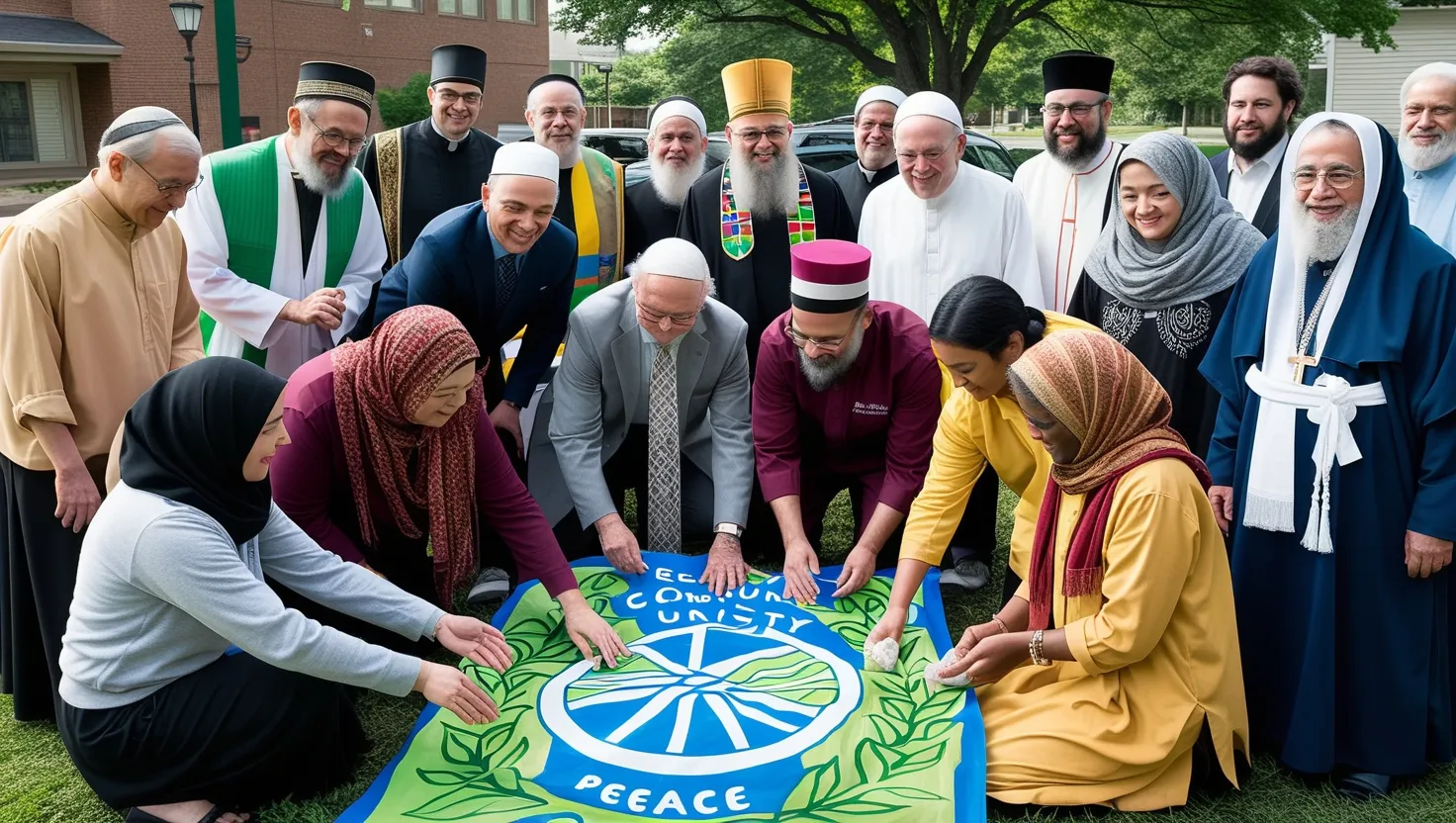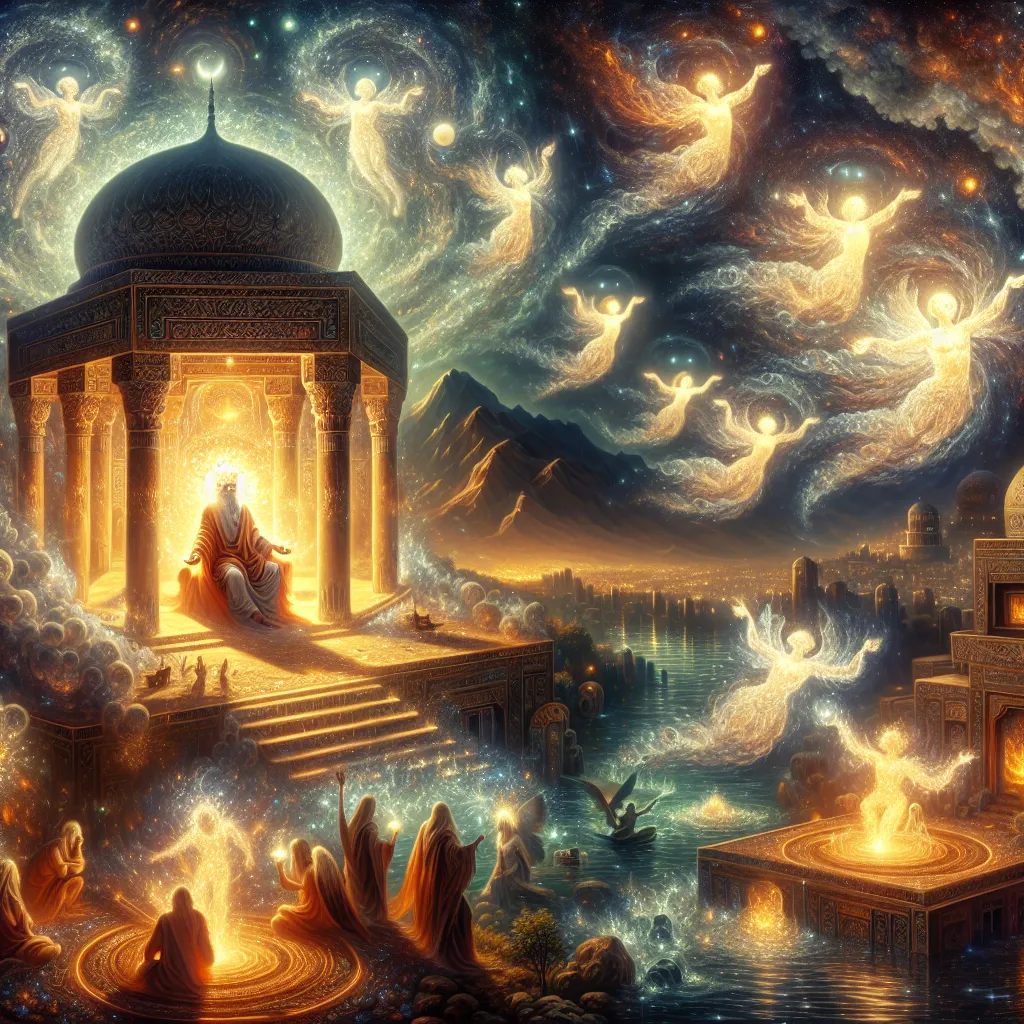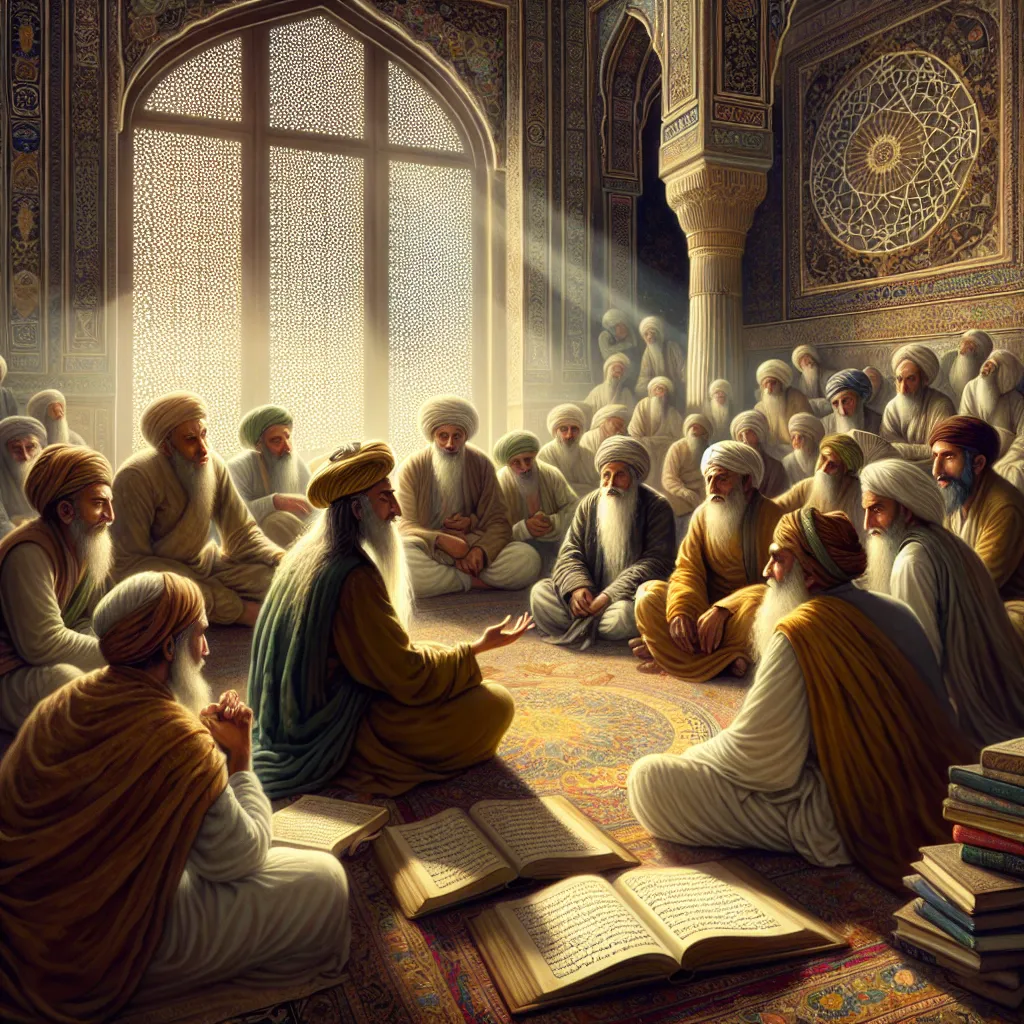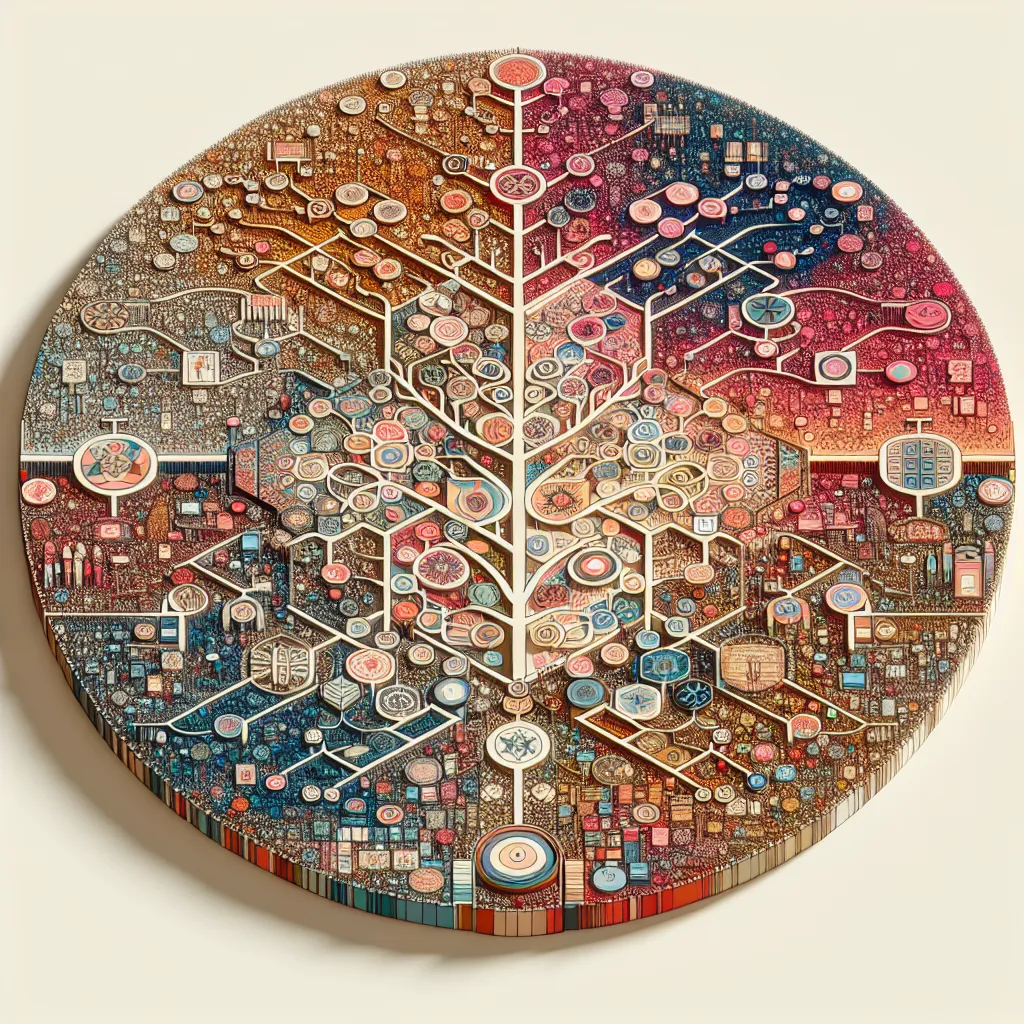In a world where diversity is the norm, the quest for harmony among different faiths is more crucial than ever. As we delve into the complexities of interfaith relationships, it becomes clear that certain principles can serve as the foundation for a more unified and peaceful global community.
One of the most profound shared values among major religions is the emphasis on compassion, kindness, and respect for human dignity. Whether it’s the Golden Rule in Christianity, the concept of “Ahimsa” or non-violence in Hinduism and Buddhism, or the Islamic principle of “Ihsan” which encourages doing good, these teachings underscore the importance of treating others with kindness and respect. This shared moral fabric can be a powerful tool in fostering harmony, as it reminds us that our actions towards others reflect our own humanity.
Open communication is another vital component in promoting interfaith harmony. Dialogue, when conducted with genuine intent and respect, can foster understanding and dispel misconceptions that often arise from ignorance. Imagine a scenario where a Christian, a Muslim, a Hindu, and a Buddhist gather to discuss their beliefs, not to convert one another, but to understand the depths of each other’s faith. Such interactions can reveal surprising commonalities and help build bridges across different belief systems. For instance, the concept of forgiveness is a universal theme that transcends religious boundaries; it is a principle that can bring people together in a shared pursuit of healing and reconciliation.
Focusing on common ground rather than differences is a strategy that has proven effective in building interfaith relationships. While it is easy to get caught up in the unique aspects of each religion, highlighting the shared values and principles can create a sense of unity. For example, the idea of stewardship and the responsibility to care for the environment is a theme that resonates across many faiths. By working together on environmental projects, people from different religious backgrounds can find common purpose and strengthen their bonds. This approach not only fosters cooperation but also serves as a reminder that our shared humanity is far more significant than our differences.
Service to the community is another powerful way to promote unity and mutual respect among different faiths. When people come together to work on community projects, such as feeding the hungry, sheltering the homeless, or supporting the sick, they are reminded of their shared humanity. These collaborative efforts can break down barriers and create an environment where people can see beyond their religious affiliations. For instance, interfaith volunteer groups can organize joint projects like disaster relief, where members from various faiths work side by side to help those in need. This kind of service not only benefits the community but also fosters a sense of camaraderie and respect among the volunteers.
Education is a critical component in reducing prejudice and promoting tolerance. Learning about other faiths can dispel myths and misconceptions that often lead to conflict. By incorporating interfaith education into our schools and community programs, we can raise a generation that is more open-minded and respectful of different beliefs. This education should go beyond mere academic knowledge; it should include experiential learning, such as visits to different places of worship and interactions with people from various faith backgrounds. Such experiences can provide a deeper understanding and appreciation of the diversity of human belief systems.
Finally, recognizing the right of others to practice their faith freely is essential for harmony. This principle of peaceful coexistence is fundamental to creating a society where everyone feels valued and respected. It involves not just tolerating different faiths but actively supporting and celebrating the diversity of religious expression. When we respect the sacred texts, places of worship, and beliefs of all religions, we create an environment where people can practice their faith without fear of persecution or discrimination.
In my own journey of exploring interfaith relationships, I have been struck by the simplicity and profundity of these principles. They are not complex theories or abstract concepts but rather practical guidelines that can be applied in our daily lives. By embracing these principles, we can create a world where differences are celebrated rather than feared, and where harmony is not just a distant dream but a lived reality.
As we move forward in this quest for interfaith harmony, it is important to remember that it is a journey, not a destination. It requires patience, understanding, and a willingness to listen and learn from one another. But the rewards are immeasurable – a world where people from different faiths can live together in peace, mutual respect, and understanding.
In this world, religious leaders play a pivotal role in disseminating messages of harmony and goodwill. They have the influence and the platform to inspire their followers to adopt these principles and work towards a more harmonious society. The media also has a significant role, as it can highlight interfaith dialogue and moderation, showcasing stories of people from different faiths working together for the common good.
Ultimately, the path to global peace through interfaith harmony is not a solitary endeavor but a collective responsibility. It requires the active participation of individuals, communities, and institutions. By focusing on shared values, open dialogue, common ground, service, education, and peaceful coexistence, we can build a world where every person can live with dignity and respect, regardless of their faith.
This vision is not utopian; it is achievable. It starts with small steps – a conversation with a neighbor from a different faith, a visit to a place of worship that is not your own, or a joint community project that brings people together. These small steps can lead to significant changes, fostering an environment where harmony is the norm rather than the exception.
As we embark on this journey, let us remember that the power to create a more harmonious world lies within us. It is a power that is rooted in our shared humanity and our capacity for compassion, kindness, and respect. By harnessing this power, we can build a world where every person can thrive, regardless of their faith, and where harmony is the guiding principle of our global community.






